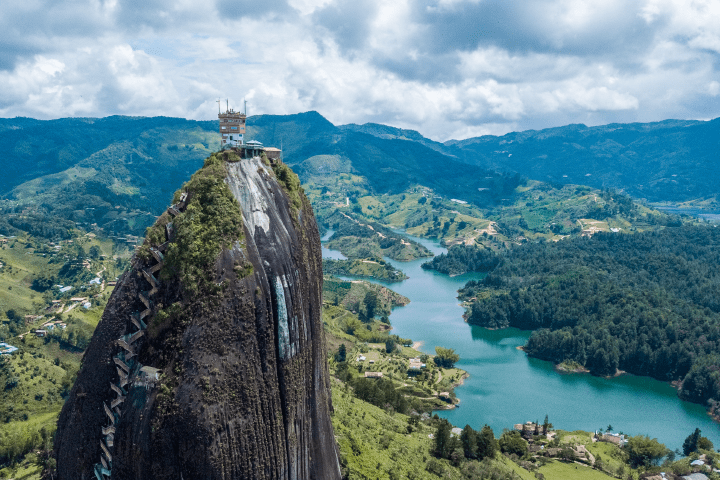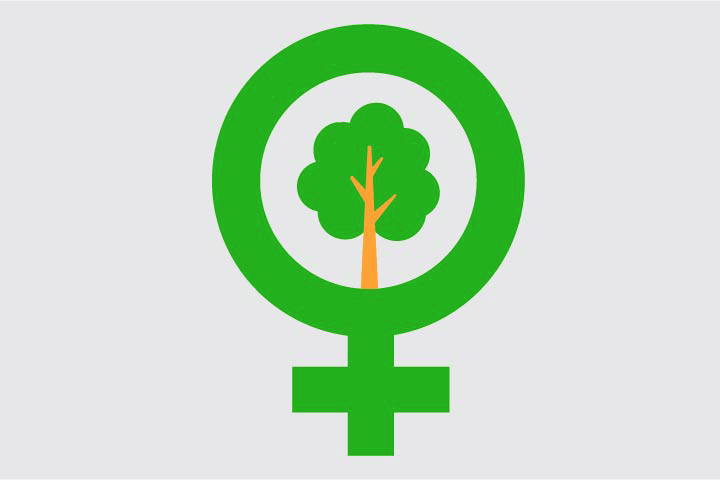
Advocacy
Advocacy (Incidencia política) This is the set of actions to influence the decisions and behaviors of decision makers. The goal is to position the causes and interests of a specific group of people or citizens. References: Collado, H. (2015). Incidencia política: concepto, importancia y herramientas. Photo credit: bearsky23 Have any questions? MODII can help! Send your query



















